An Agritourism revival in the making
 |
| An Agritourism revival in the making |
According to Trip.com, trips to rural China at point this year have increased by more than 300 per cent on-year. The trend is so compelling that the travel company is planning to invest $150 million over five years to set up 10,000 professional agents with a focus in the area, promoting the development of agritourism in rural areas in China.
Experts say the rapid growth of China’s agritourism trend is not only an inevitable result of the pandemic, but is also fuelled by social media influencers like Ly Tu That, a vlogger known for her beautiful videos about life in the Chinese countryside.
Meanwhile, in a traditional and high-end tourist market like Europe, trends are also gradually changing in the direction of bringing visitors to the countryside instead of cities.
The Spanish government has a plan worth $11.8 billion to improve digital connectivity for tourism companies in the countryside, while promoting sustainable tourism. Visitors will be encouraged to go to rural areas instead of traditional cruise destinations.
The French countryside is also launching promotional campaigns with posters placed at metro systems, train stations, and shopping mall parking lots. Authorities in these areas want to bring people back to the French countryside which includes famous wine-producing regions such as Bordeaux, Alsace, and Loire, offering visitors the chance to tour the vast vineyards and discover winemaking processes.
On the other side of the globe, Vietnam also possesses many advantages to develop agricultural tourism with 70 per cent of the population engaged in agriculture and half of the total land area being agricultural land. Before the pandemic, destinations such as the Mekong Delta, the northern mountainous region, Hoa Binh, Quang Nam, and Dalat became favourite destinations of international tourists with tours to experience farming and participate in activities such as growing coffee or tea.
Agro-rural tourism is identified as a field contributing to rural economic development in the National Target Program on building new rural areas in the period 2021-2025.
The project will focus on the goal of completing the planning of a network of rural tourist attractions by 2025. In which, at least 200 community-based tourism services and rural tourist sites are recognised to meet the One Community One Product (OCOP) standards from 3 stars or more, 10 per cent of community tourism products and services meet 5-star standards, and about 50 per cent of traditional craft villages participate in the rural tourism chain.
Le Minh Hoan, Minister of Agriculture and Rural Development, said, “Developing agricultural-rural tourism is not only for economic benefits, but do also show pride in the Vietnamese homeland.”
Hoan said that the construction and exploitation of agricultural tourism products not only increases the actual experience for visitors but also preserves nature and sustainable culture, creating more job opportunities for people in the countryside. Its results will increase sympathy and reaffirm the image of green, beautiful, and friendly Vietnamese tourism in the eyes of international tourists.
According to Ha Van Sieu, deputy director-general of Vietnam National Administration of Tourism, the demand on tourism, relaxation, experience, and healthcare is increasing. The trend of green living and experiencing nature could therefore gradually replace luxury services in closed hotels and resorts.
He explained the remote location in the countryside will help tourists stay away from crowds and avoid some diseases. Tourists are also attracted by fresh and healthy food sources in the countryside, while often a little more worried about food safety and hygiene issues in big cities.
“The model of eco-resort tourism and healthcare combined with agricultural activities will attract guests in the future. The demand for high-class services at resort farms will increase,” Sieu said.
Agritourism experiences in Vietnam will have to be upgraded to serve a luxury line of customers who are willing to pay to have the best and most enjoyable experiences, he added.
High-end customers of agricultural tourism products were previously European, American, Japanese, and Australian people travelling in small groups, often asking tour operators to design their own programmes. But since COVID-19 emerged, Vietnam has had to focus on domestic guests who want to enjoy an isolated and safe life in the countryside, as long as it meets their utility requirements.
Luu Duc Ke, deputy general director of Viet Media Travel Corporation JSC, said that Vietnam’s tourism industry has long used rural tourism resources. From materials in the countryside, tourism products are built more, becoming more unique and attractive. Tourism also promotes economic development in many localities, helping many agricultural products find stable output, avoiding crop failure and devaluation.
“Tourism resources from agriculture and rural areas are extremely valuable for tour operators. Products associated with ripe rice such as Mu Cang Chai (Yen Bai), Pu Luong (Thanh Hoa), or fruit trees such as Luc Ngan in Bac Giang have been upgraded. An increased experience and can attract more tourist interest once the pandemic is over,” Ke said.
Realising the potential of this type of business after the pandemic, Hanoi and many big cities in Vietnam are developing plans to develop an agritourism economy in rural areas and policies to attract businesses to invest in agricultural tourism.
Dang Huong Giang, director of the Hanoi Department of Tourism, believes that the development of agricultural tourism not only makes an important contribution to promoting the development of Hanoi’s tourism industry after the pandemic, but also diversifying rural industries, creating jobs, and reducing migration pressure in the city.
“We are preparing a plan to develop an agritourism economy in association with new rural construction in Hanoi in the 2021-2025 period. This is long-term preparation aimed at promoting the capital’s tourism industry quickly in order to recover and develop it when the pandemic is under control,” Giang said.
What the stars mean:
★ Poor ★ ★ Promising ★★★ Good ★★★★ Very good ★★★★★ Exceptional
 Tag:
Tag:
Related Contents
Latest News
More News
- Ba Ria-Vung Tau strengthens regional links to bolster tourism (November 04, 2024 | 10:00)
- Vietnam attracts growing interest from global travellers (October 28, 2024 | 17:59)
- Vietjet receives latest aircraft from Airbus in France (October 08, 2024 | 18:02)
- Telling travel stories through movies (October 08, 2024 | 14:00)
- South Korean tourists lead Vietnam’s tourism revival (October 08, 2024 | 11:49)
- Vietnam a golden land for golf tourism (October 08, 2024 | 11:41)
- Con Dao leads the way in circular tourism (October 08, 2024 | 08:00)
- Nestlé and VNAT announce new cooperation initiative (October 02, 2024 | 15:43)
- Hanoi recognises new city-level tourist areas (September 27, 2024 | 20:25)
- Hue to host 2025 National Tourism Year (September 19, 2024 | 15:13)




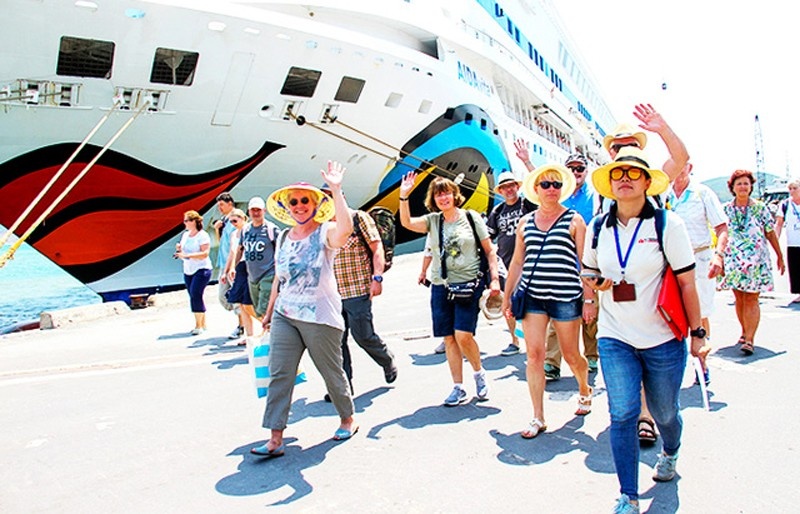

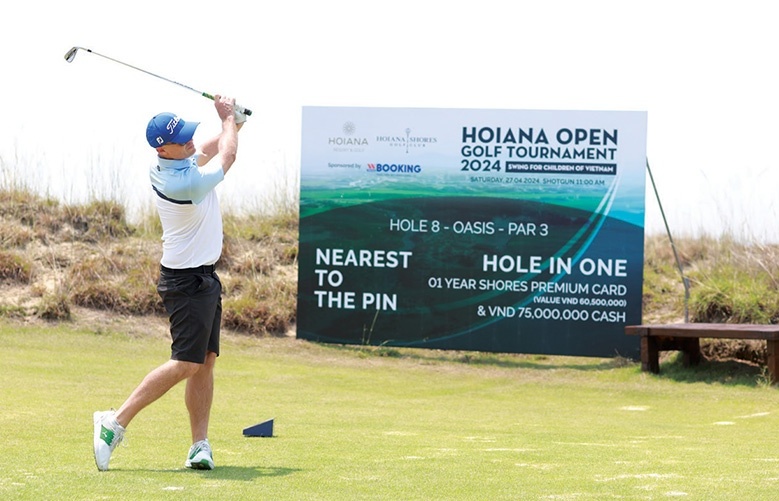
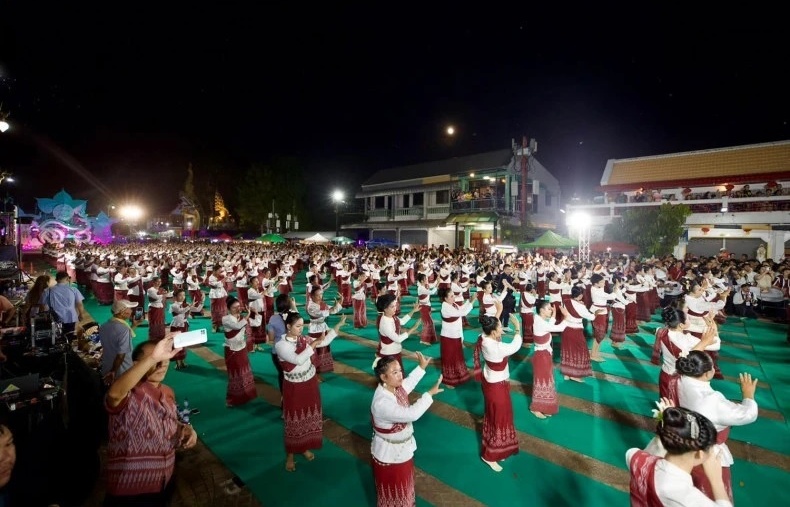
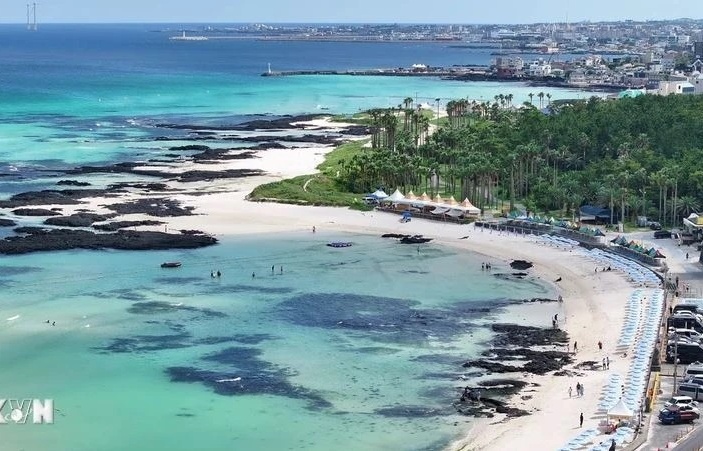
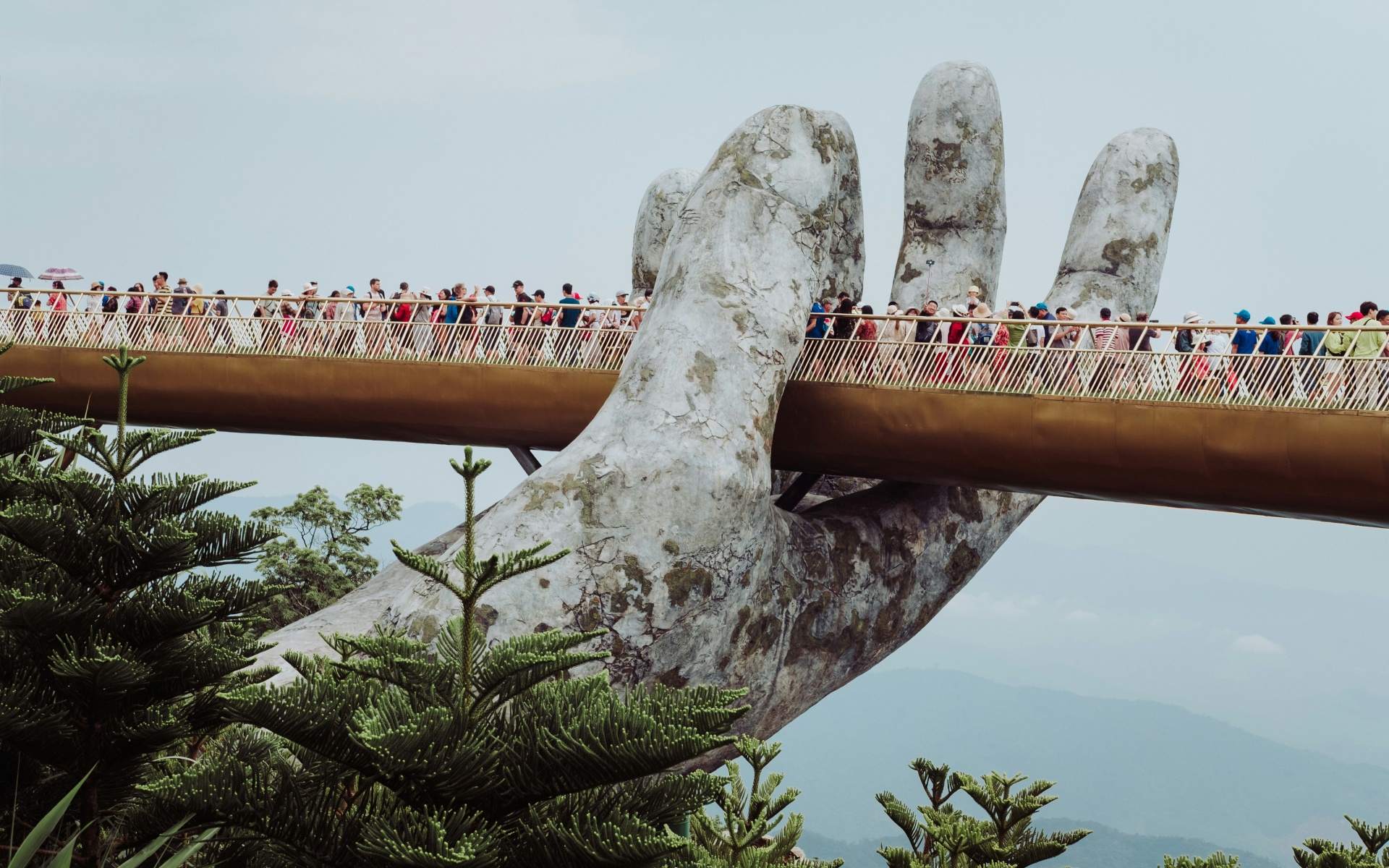

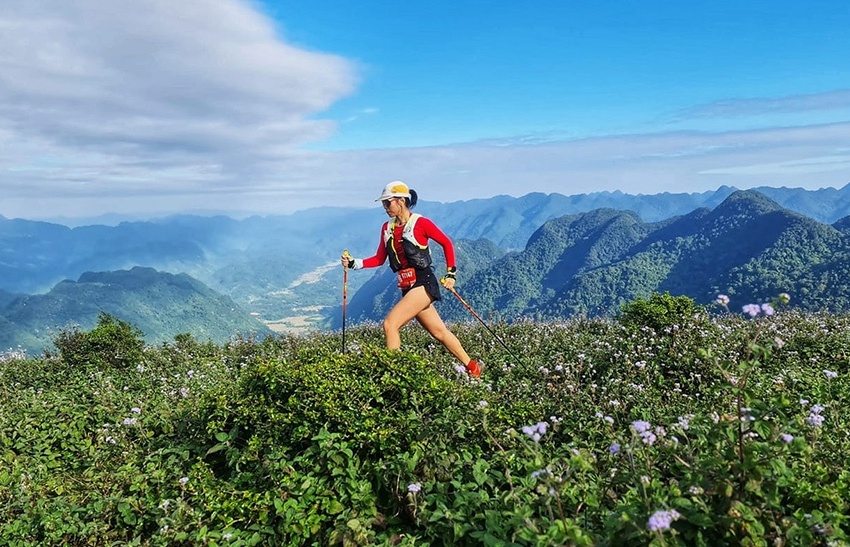
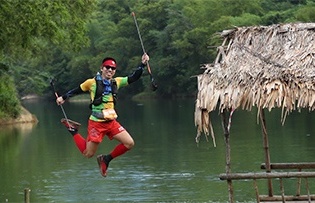







 Mobile Version
Mobile Version